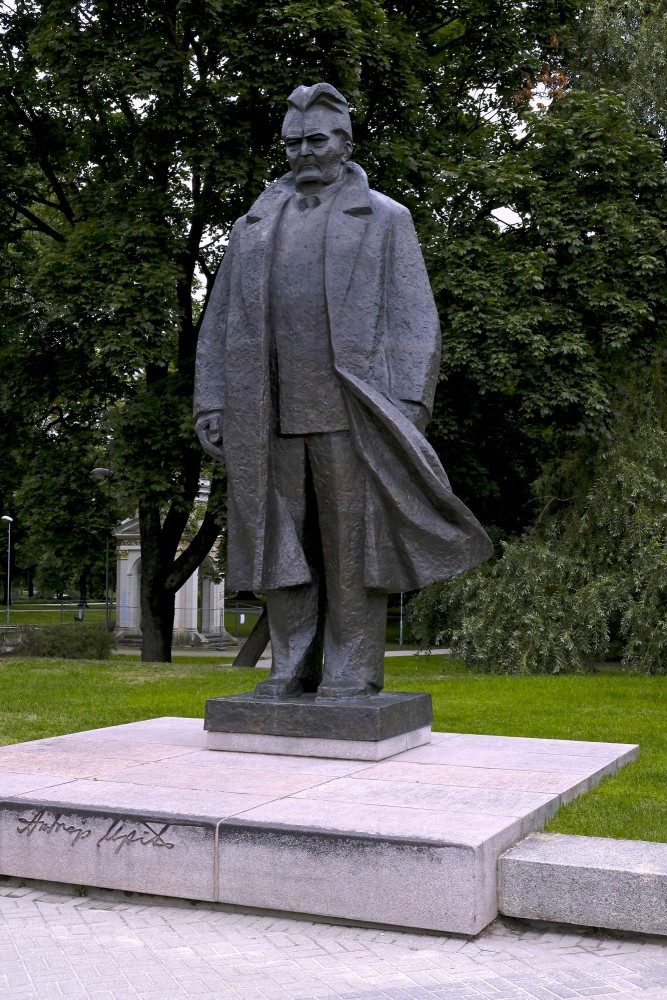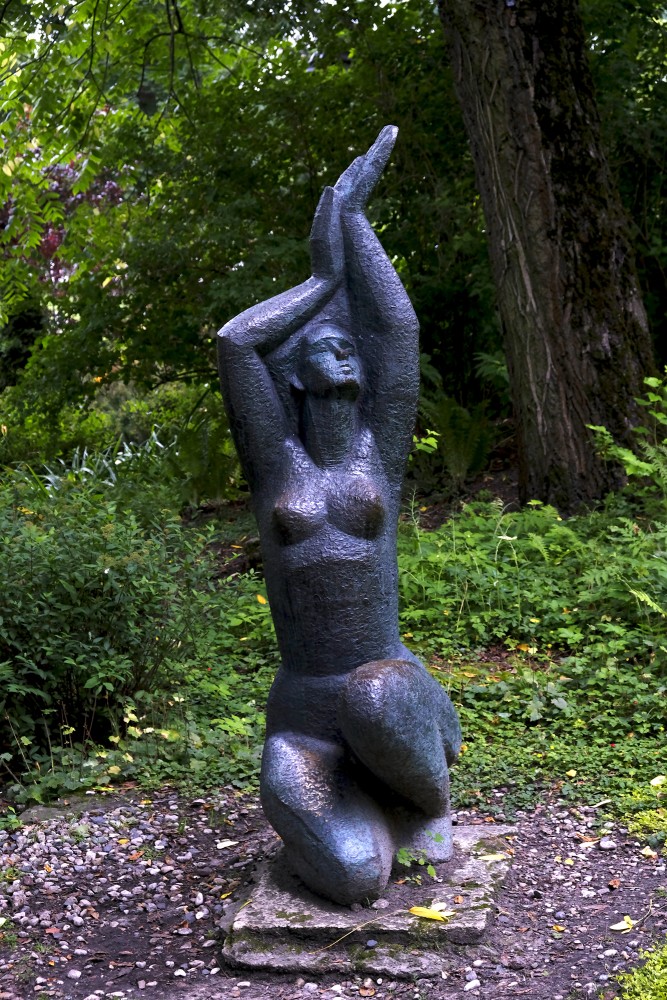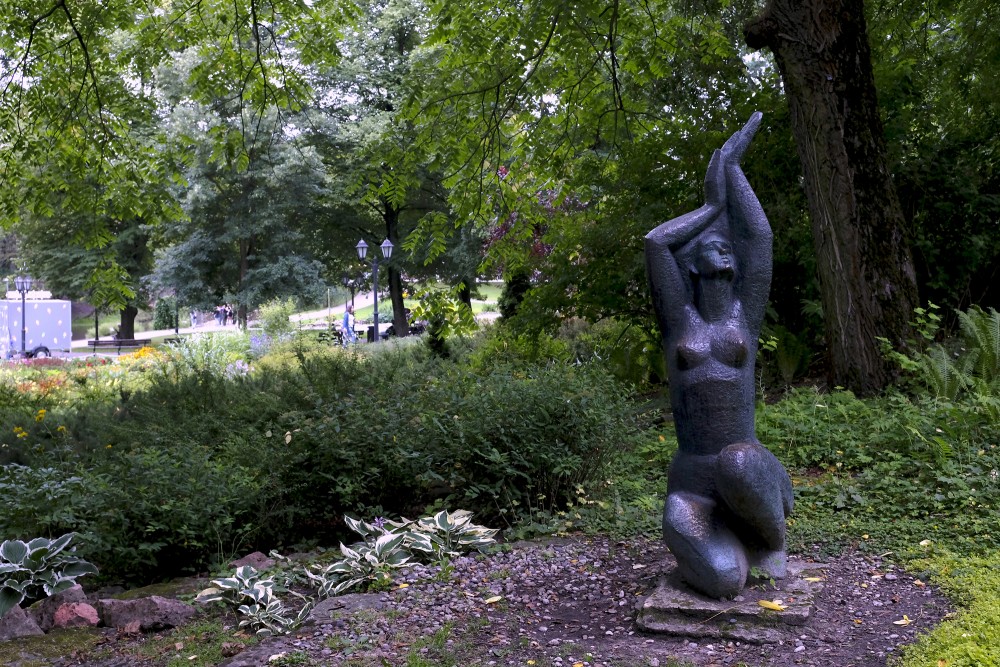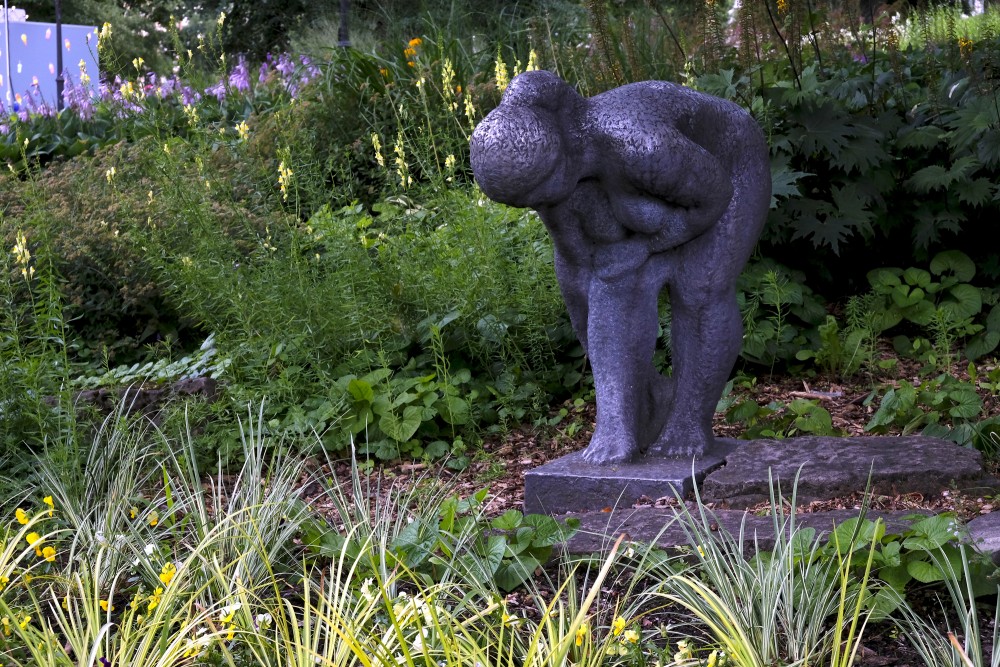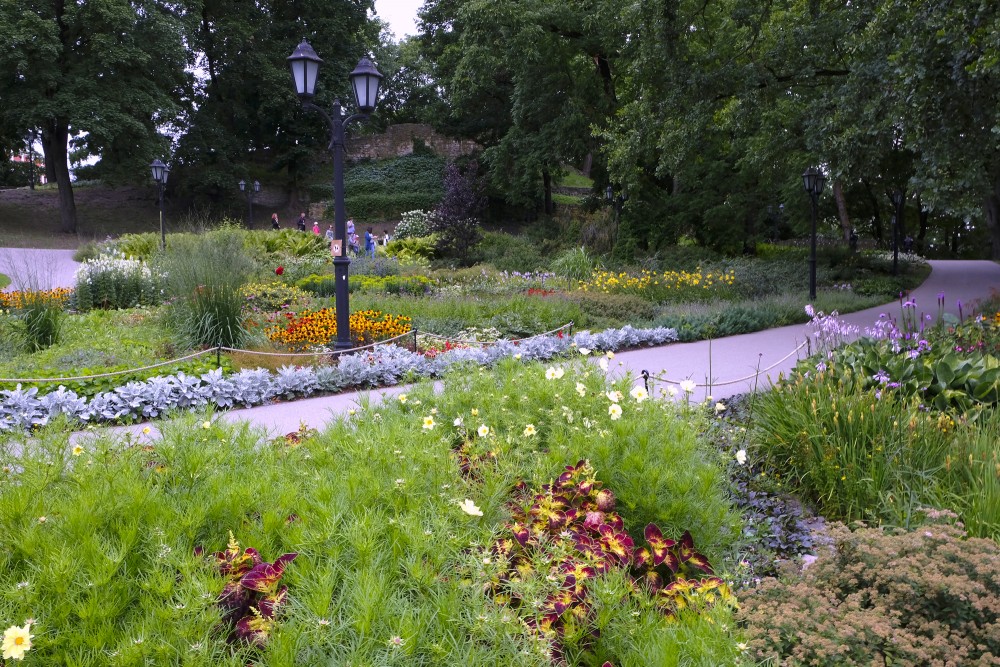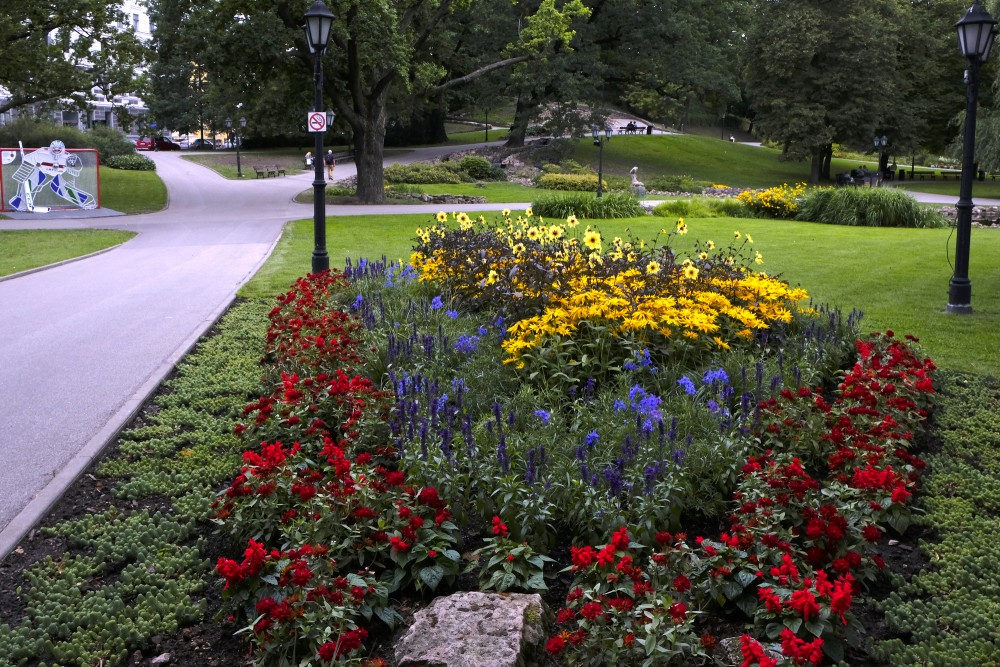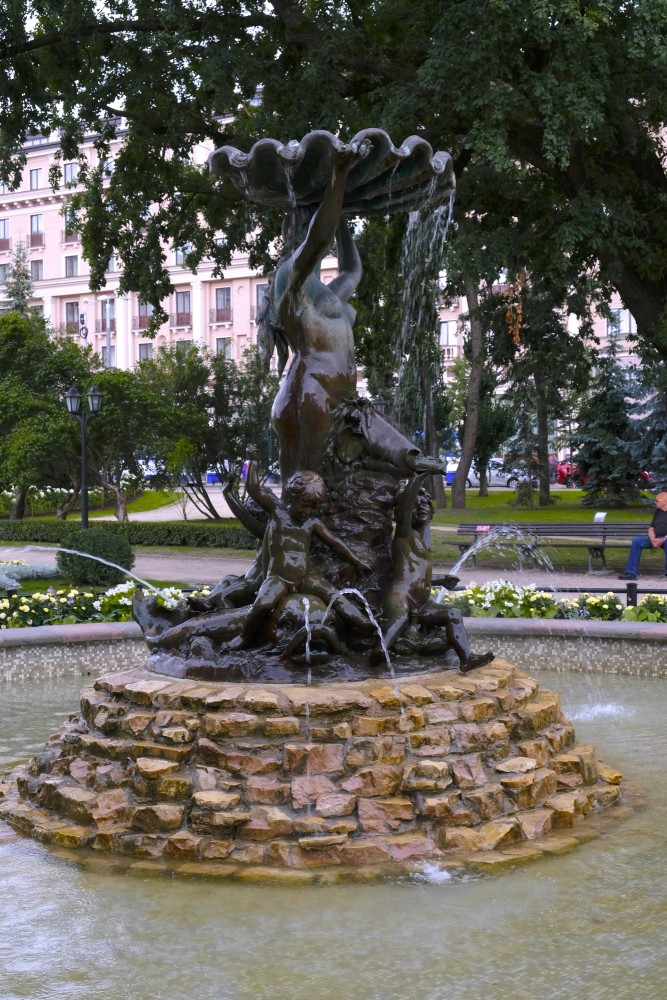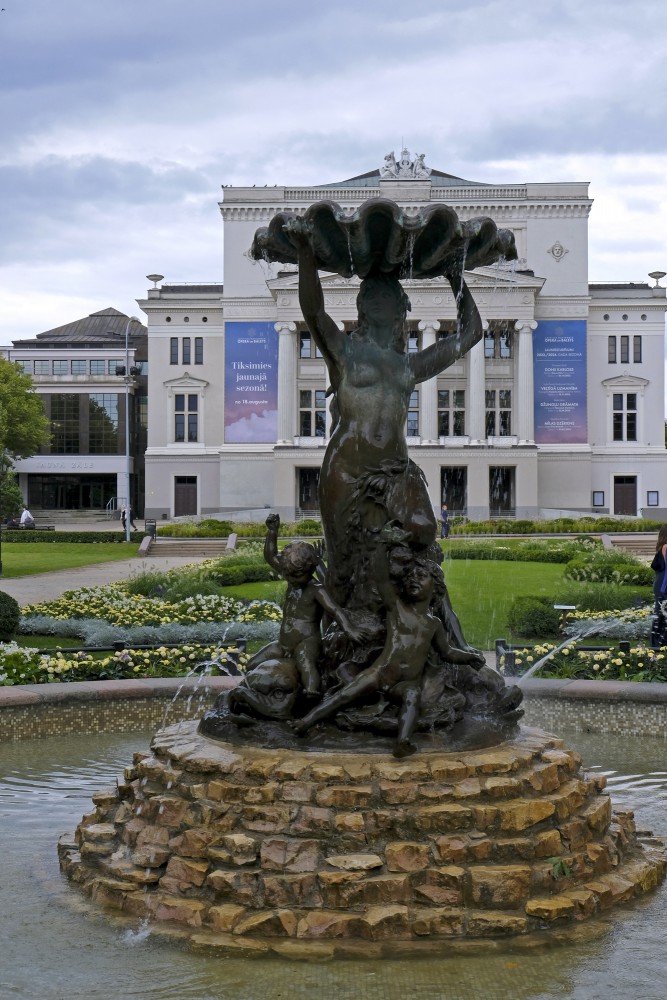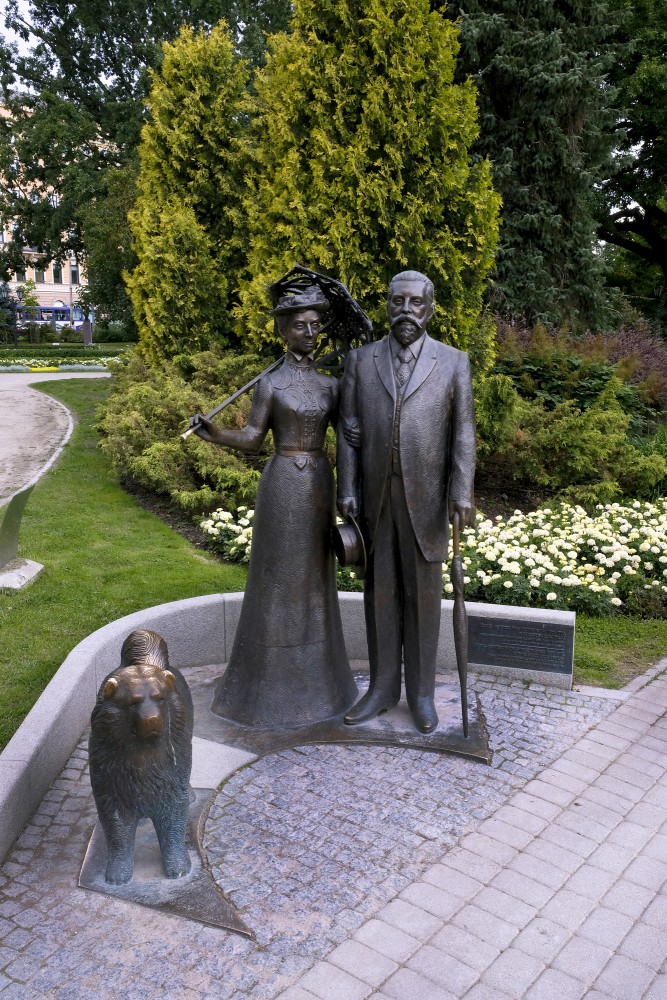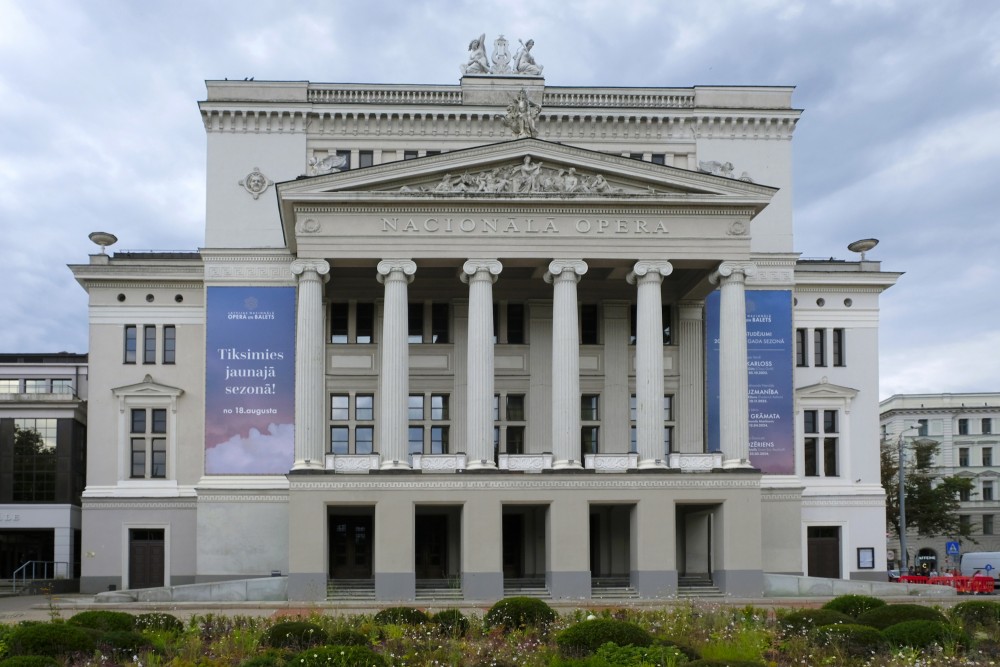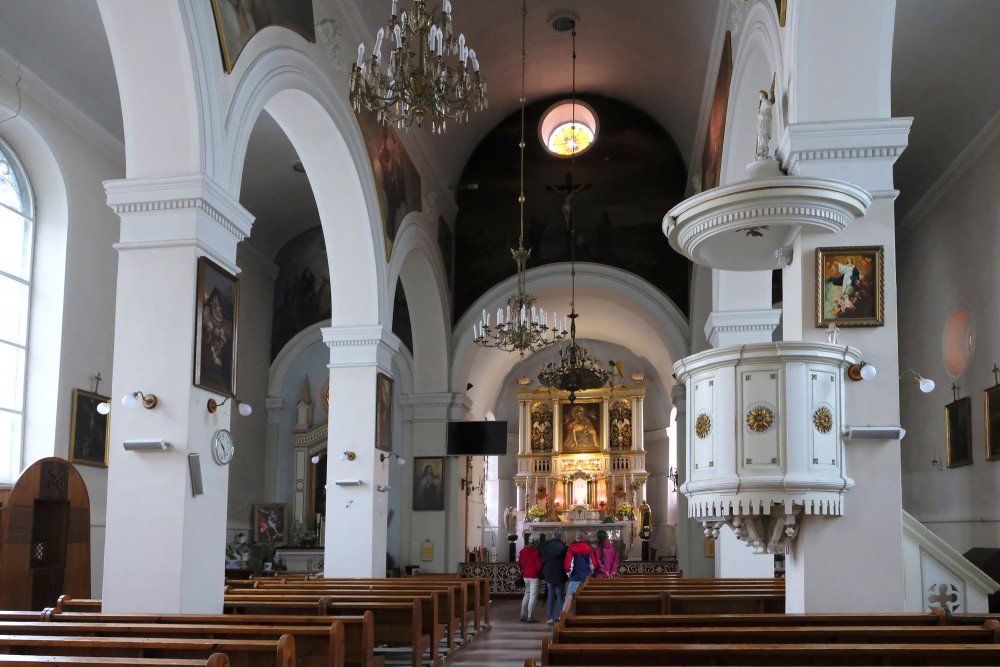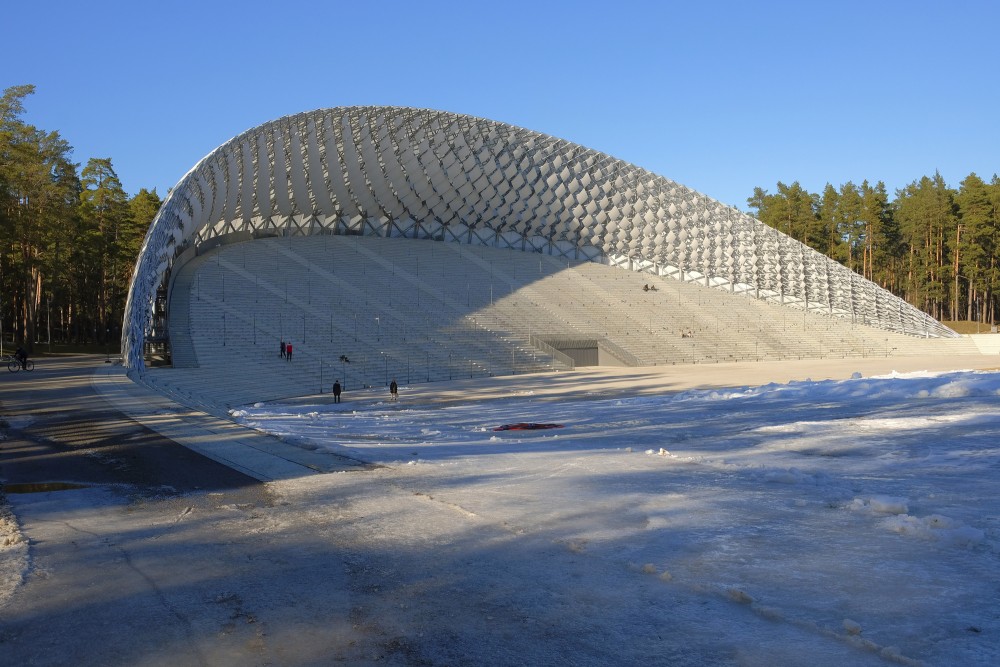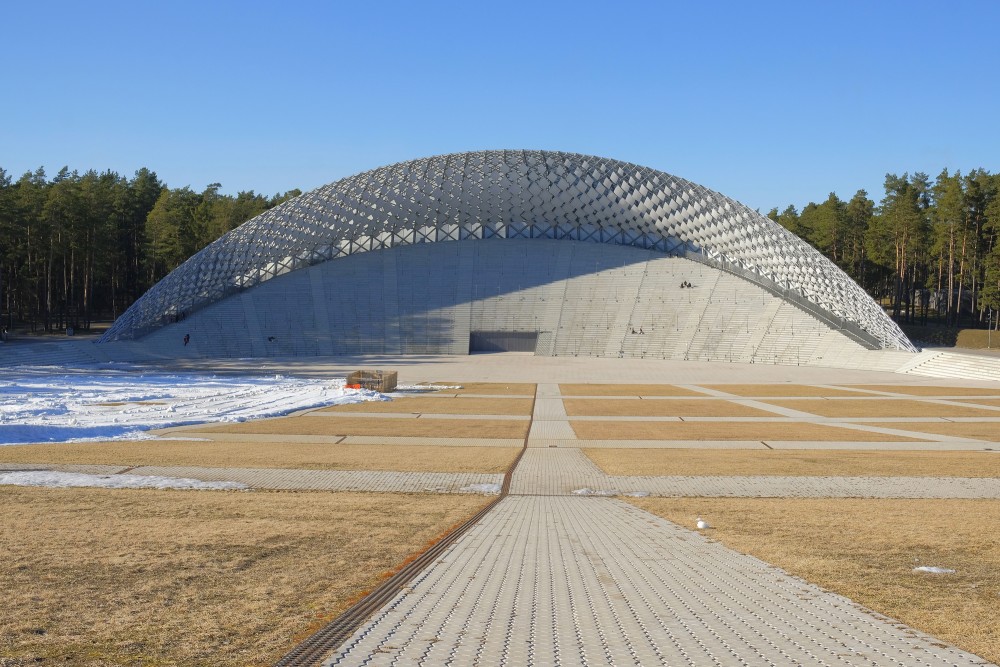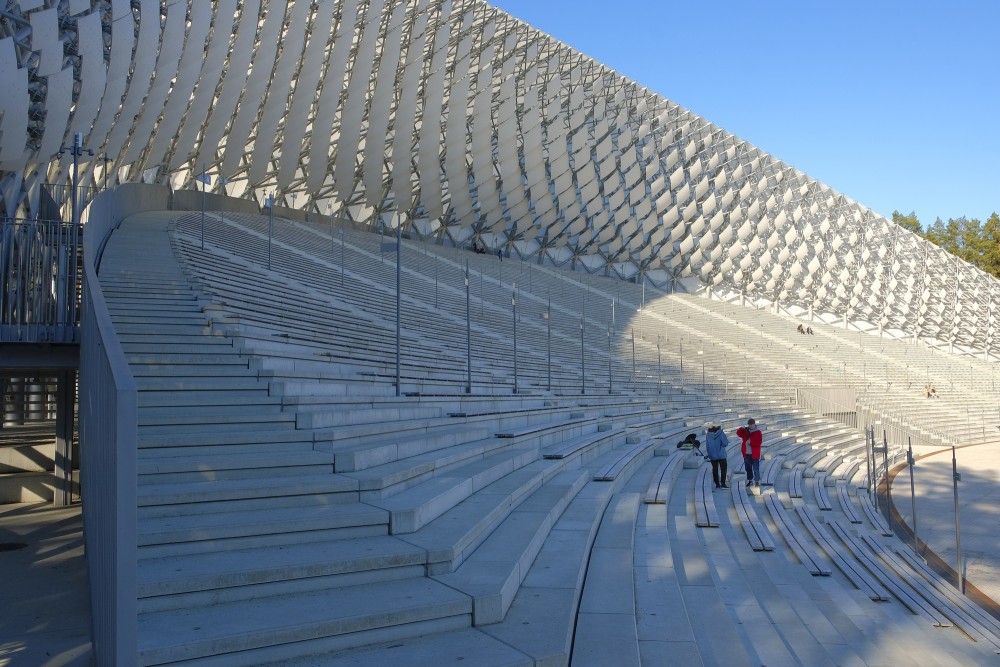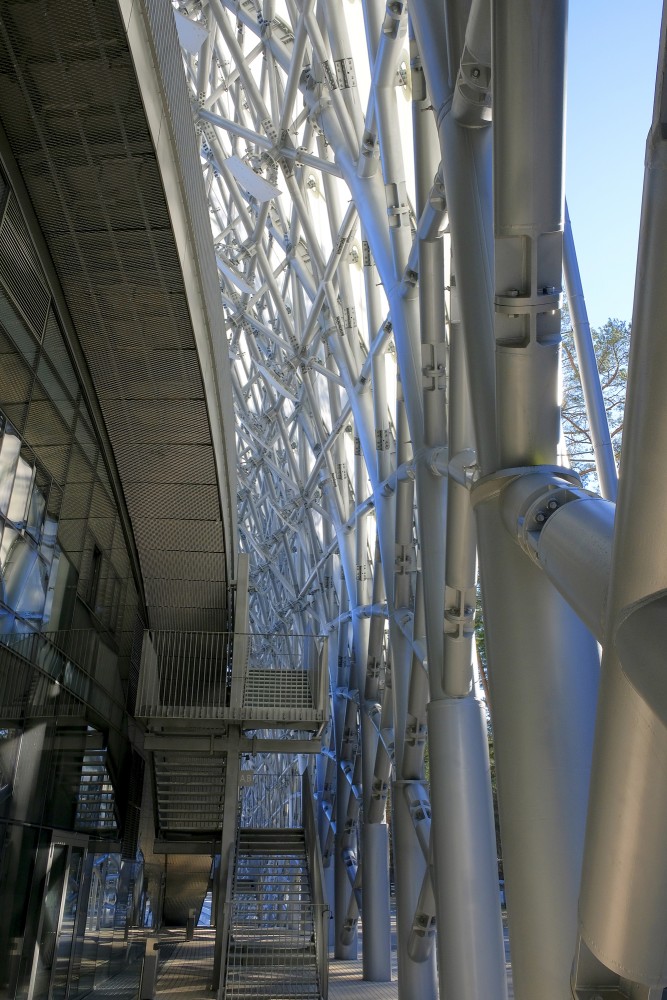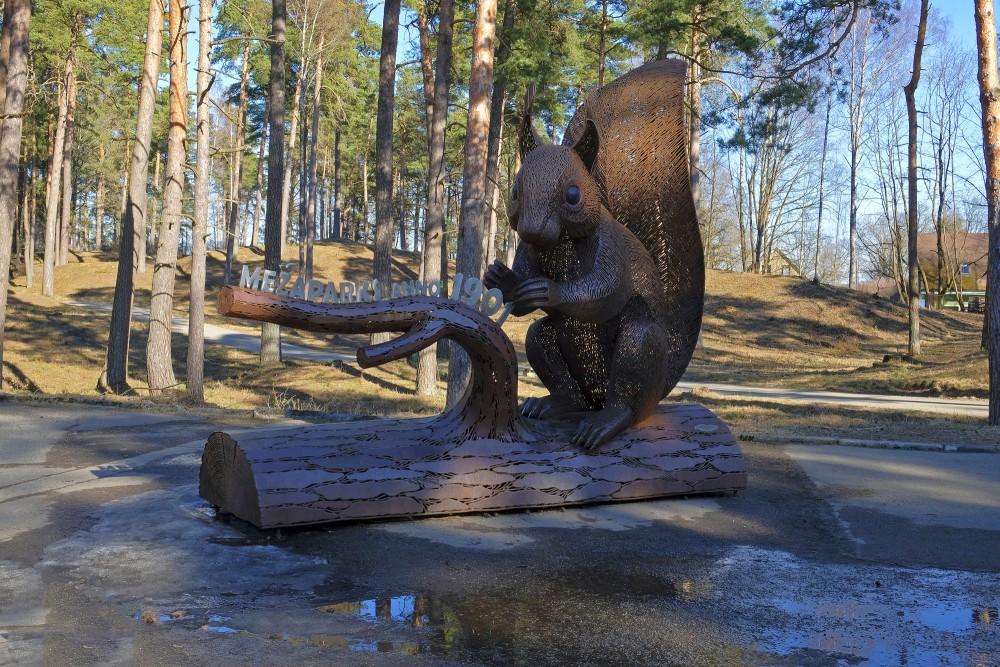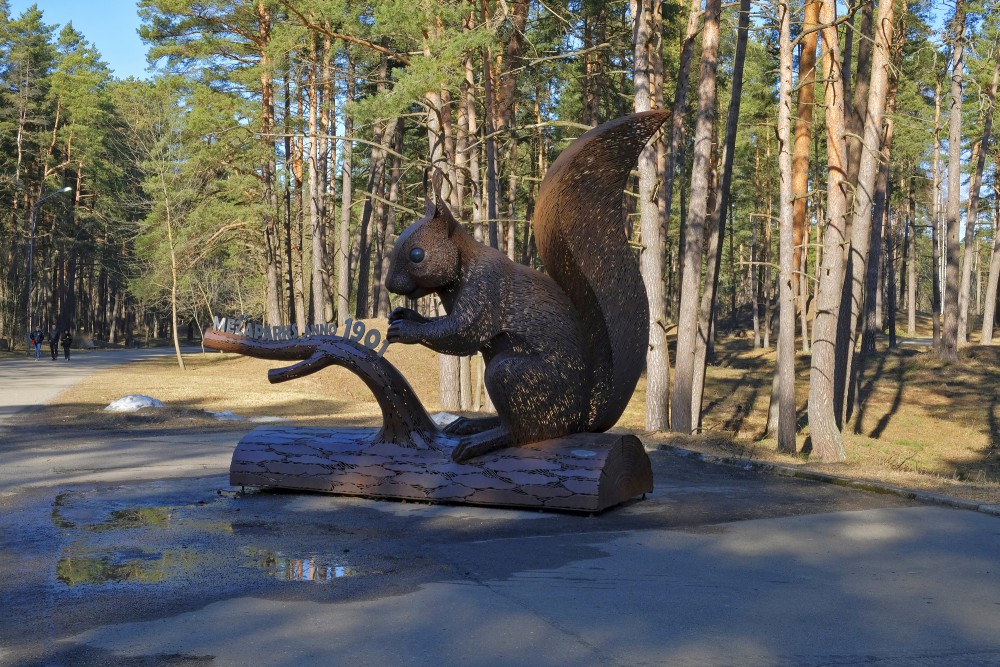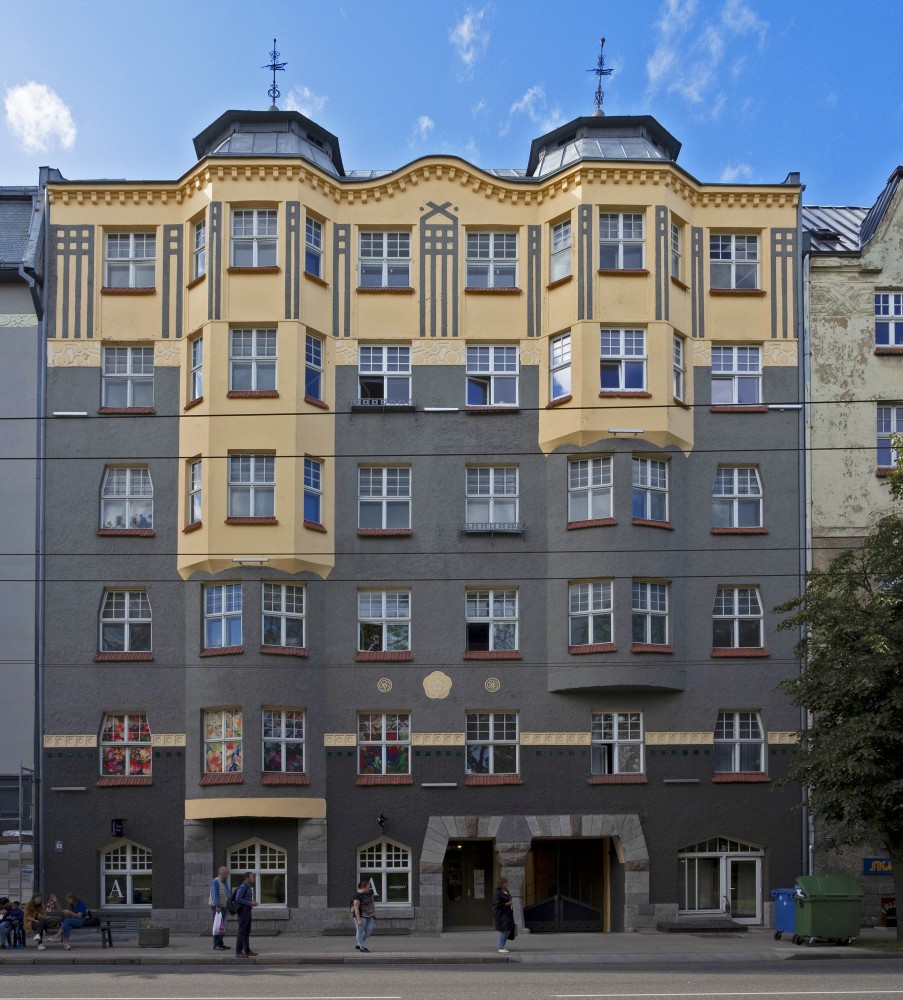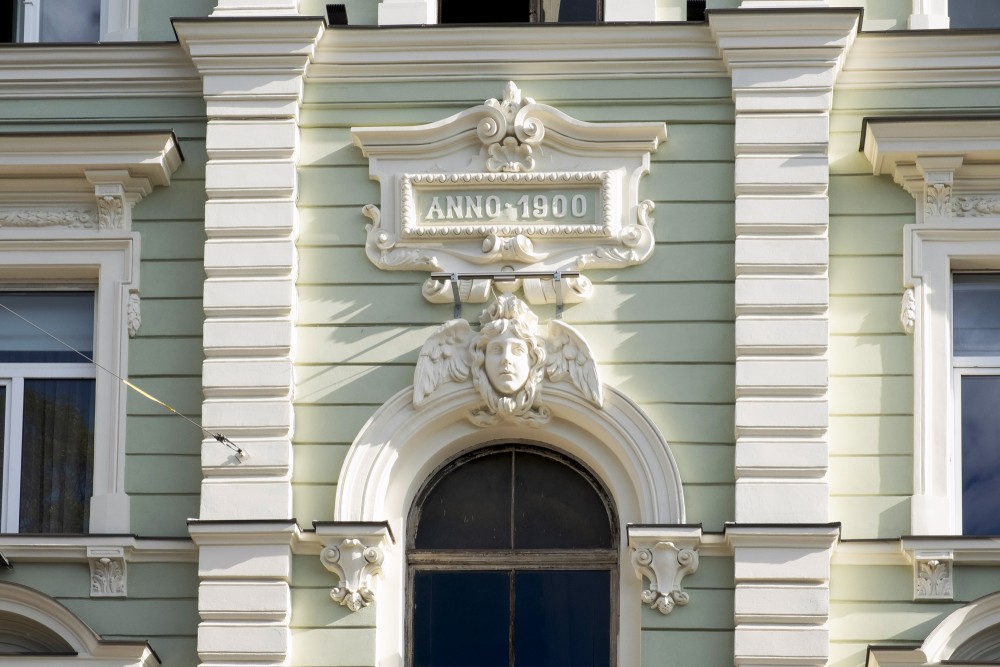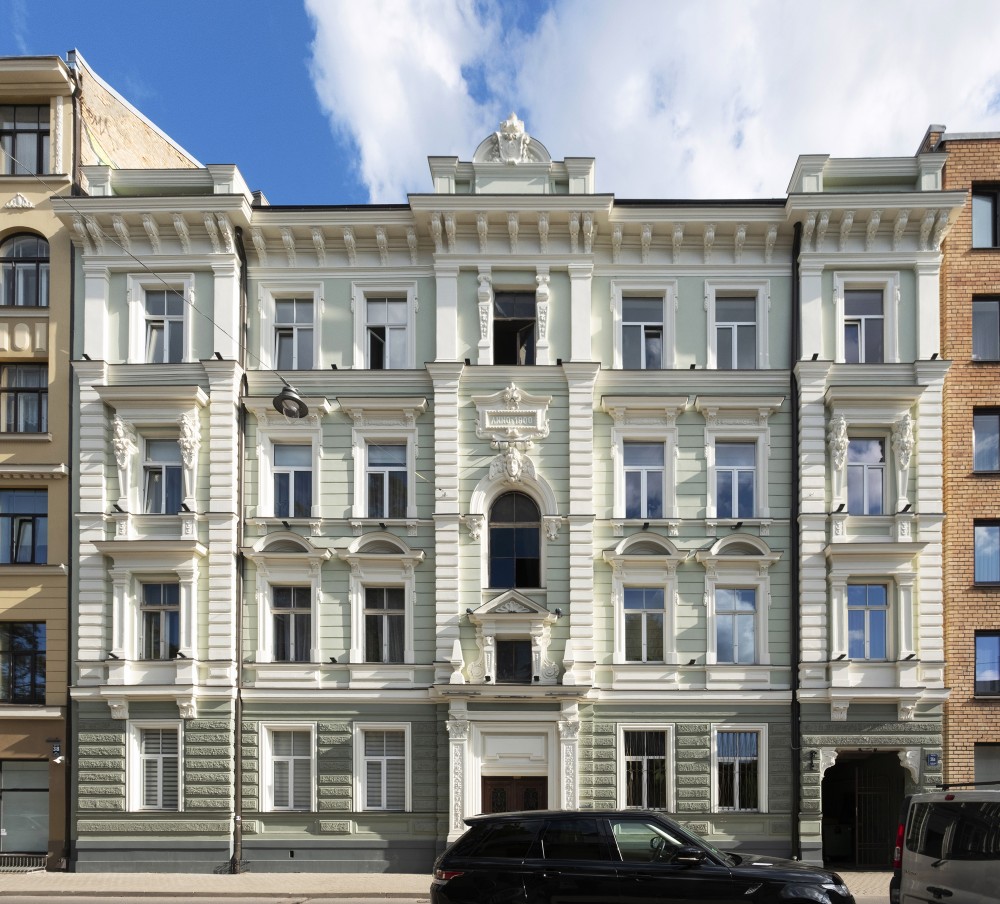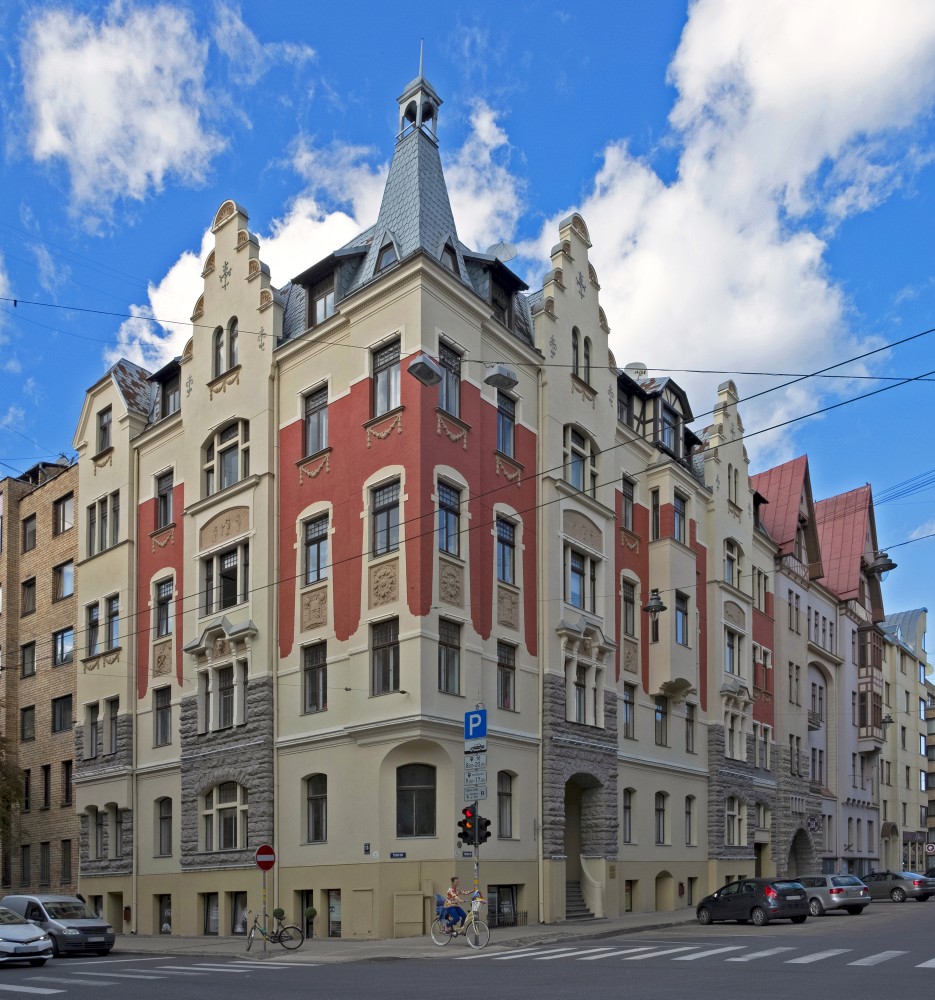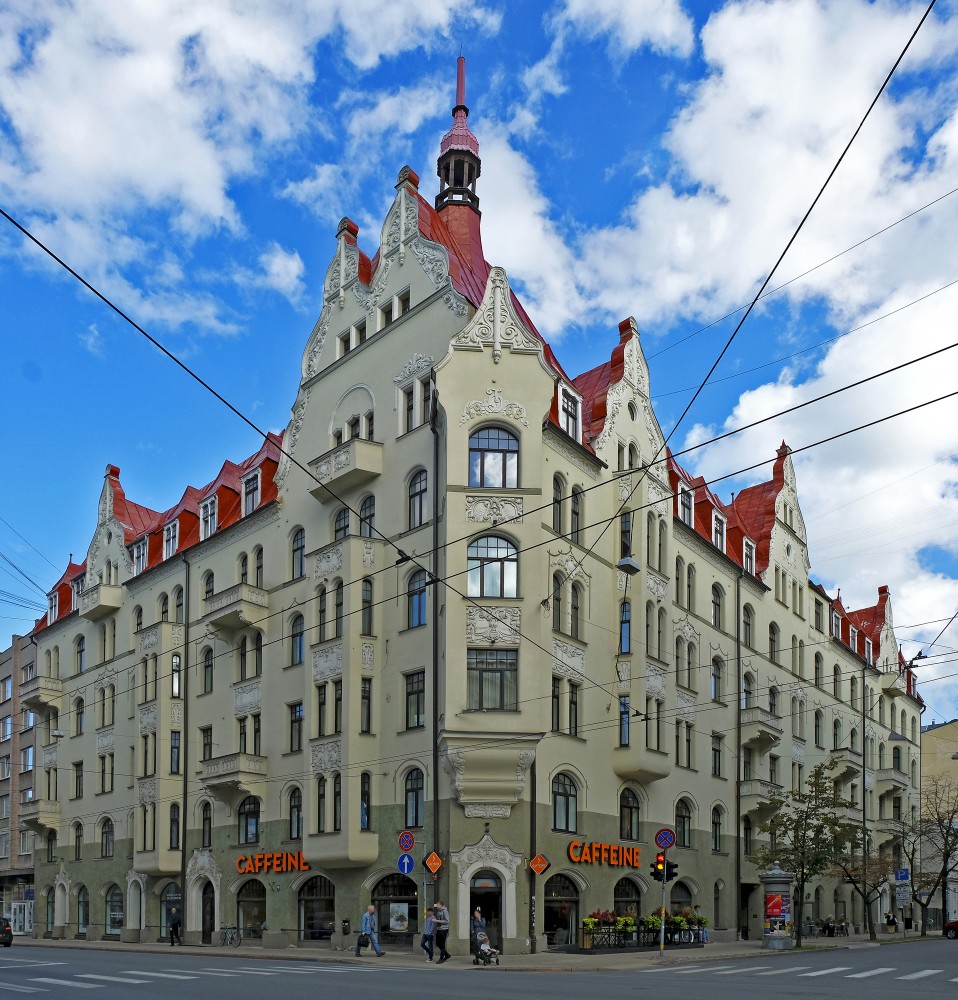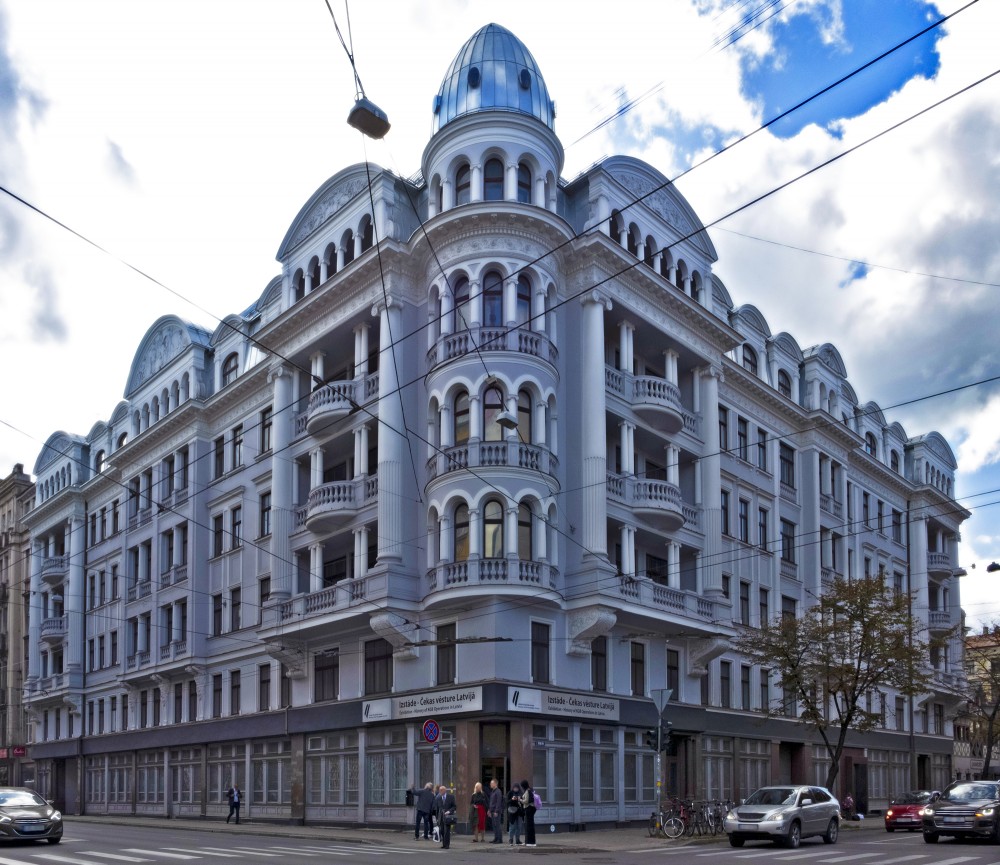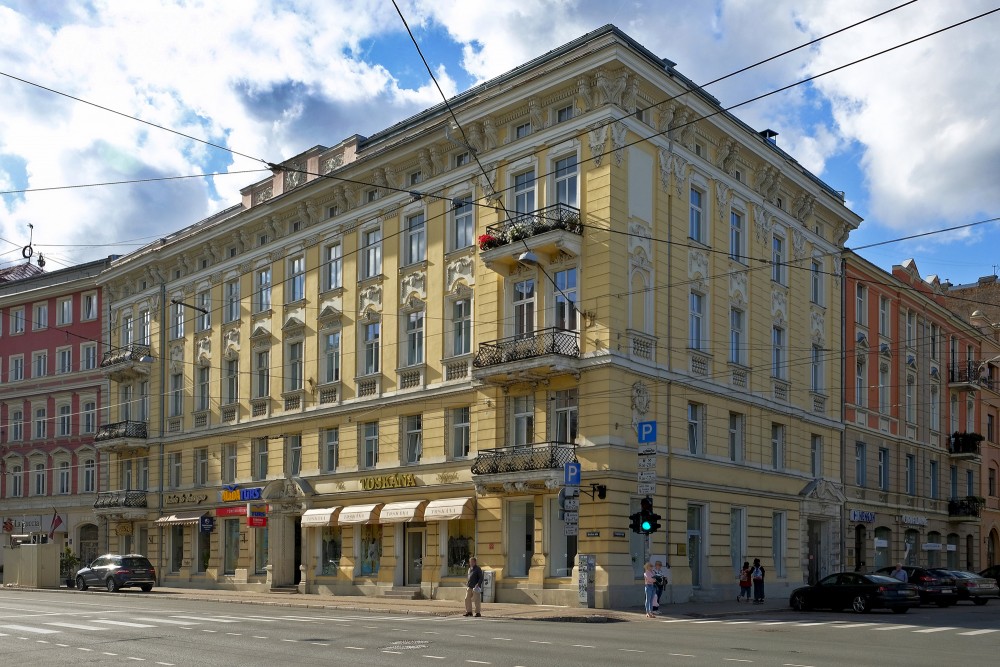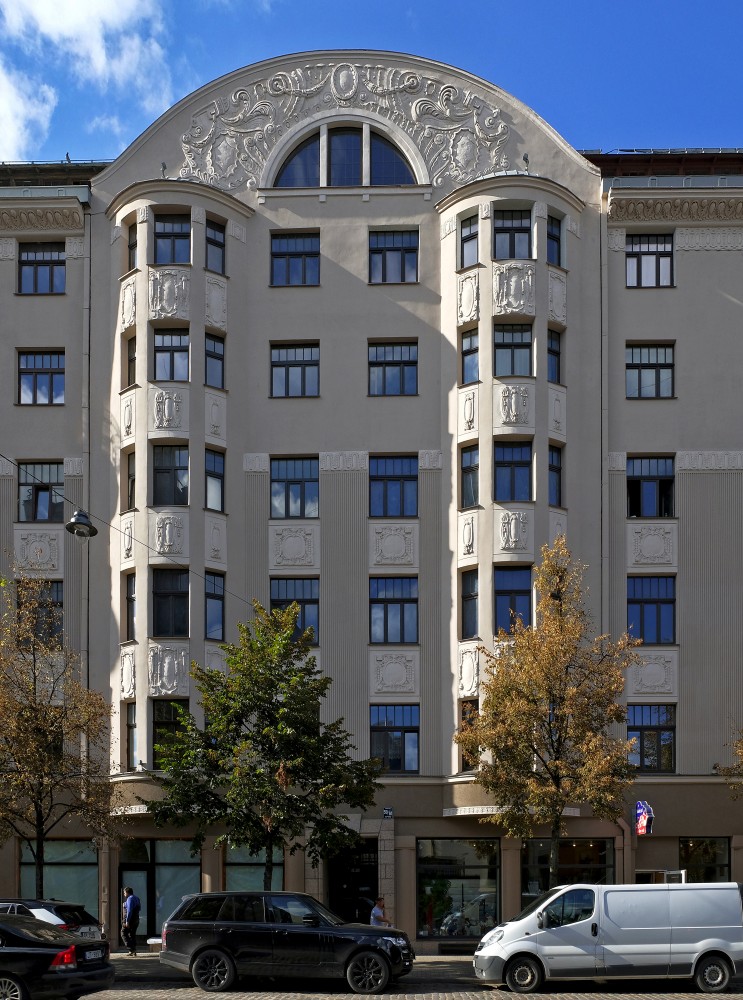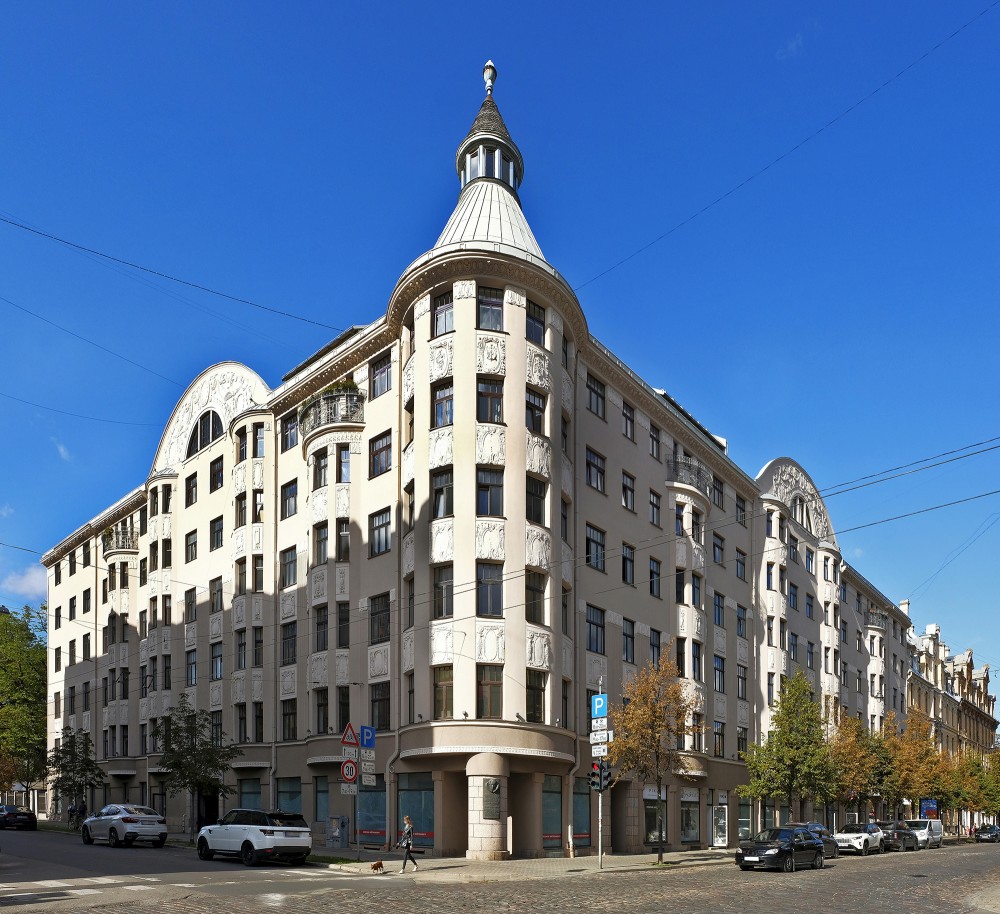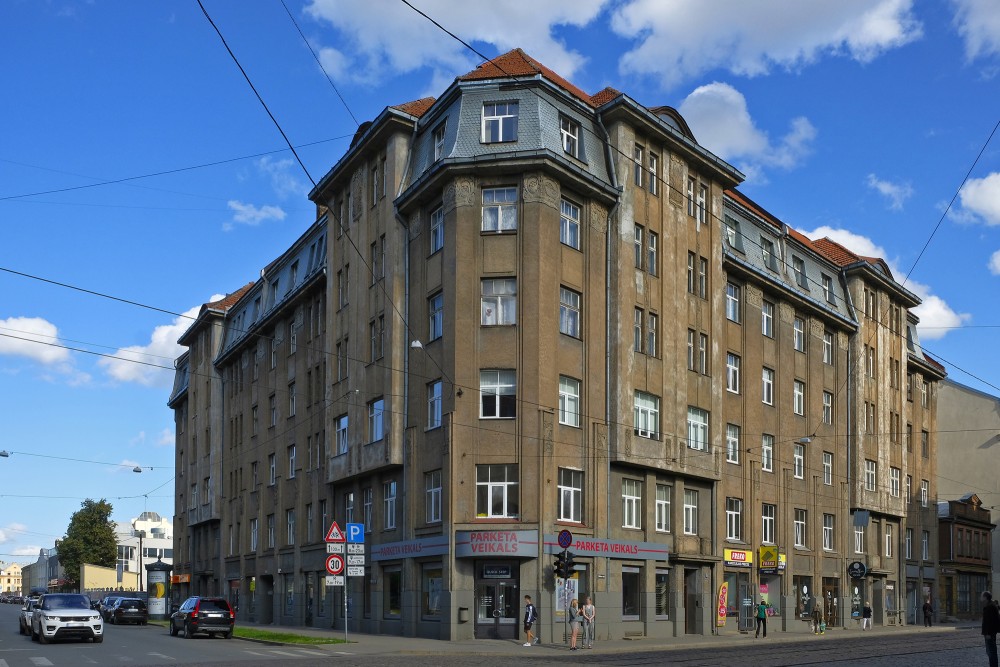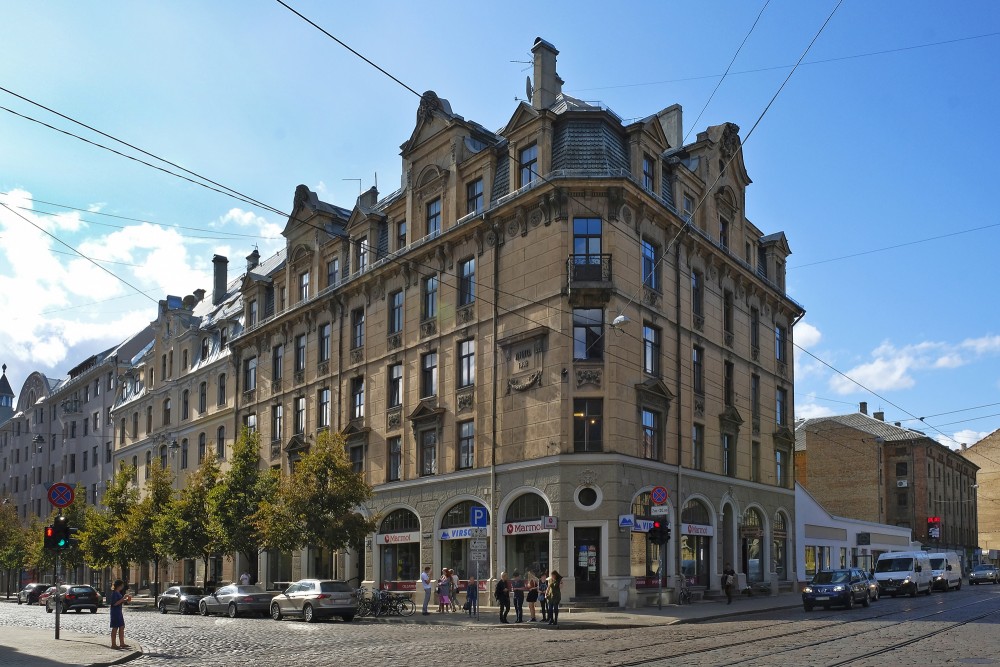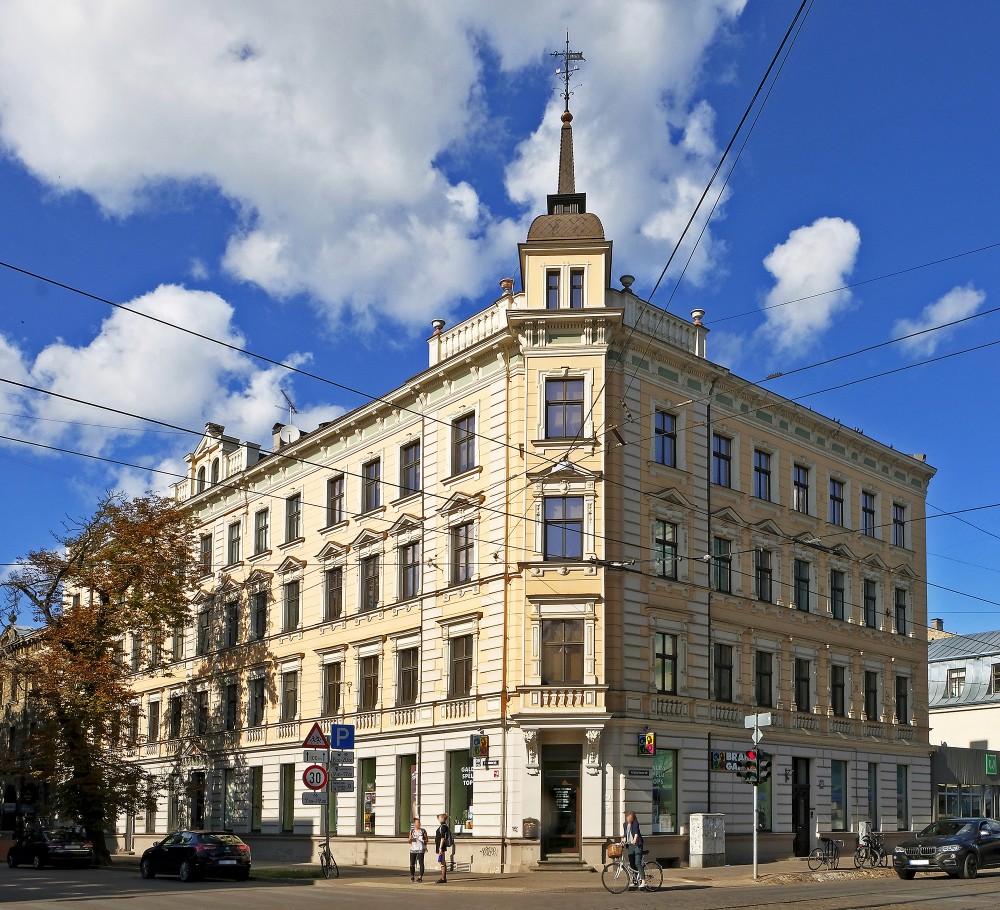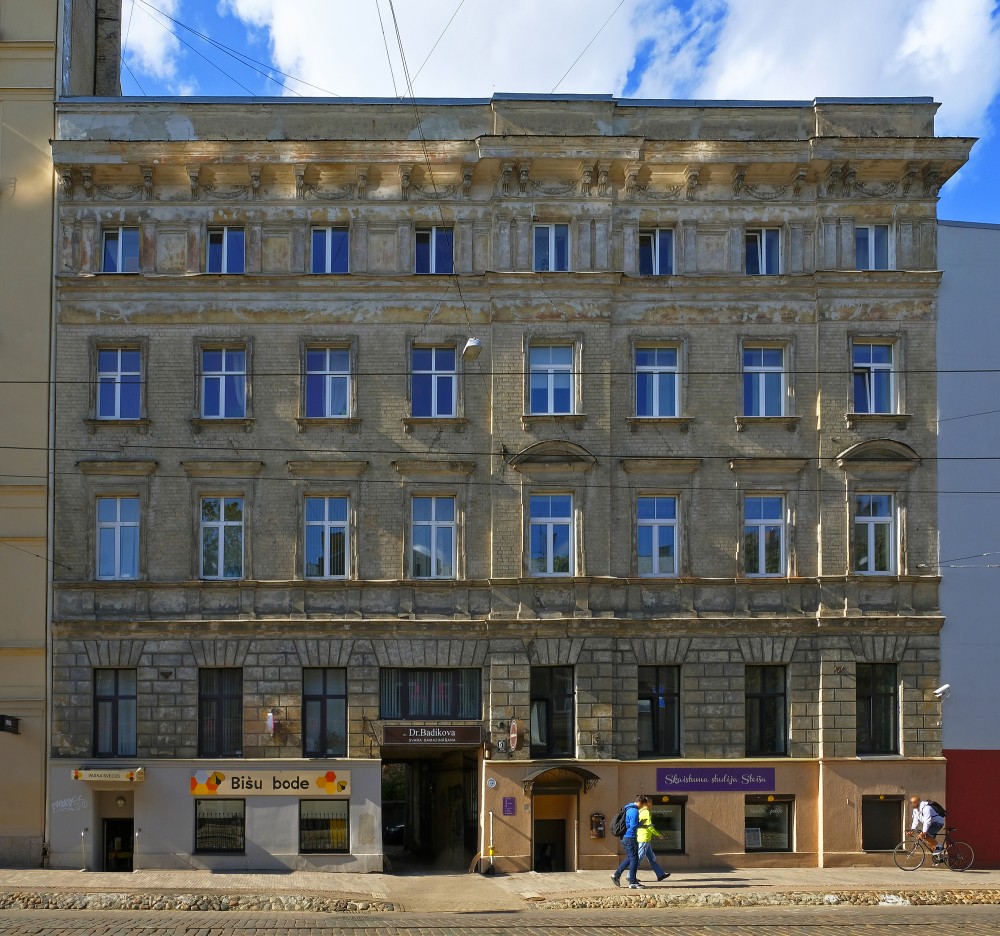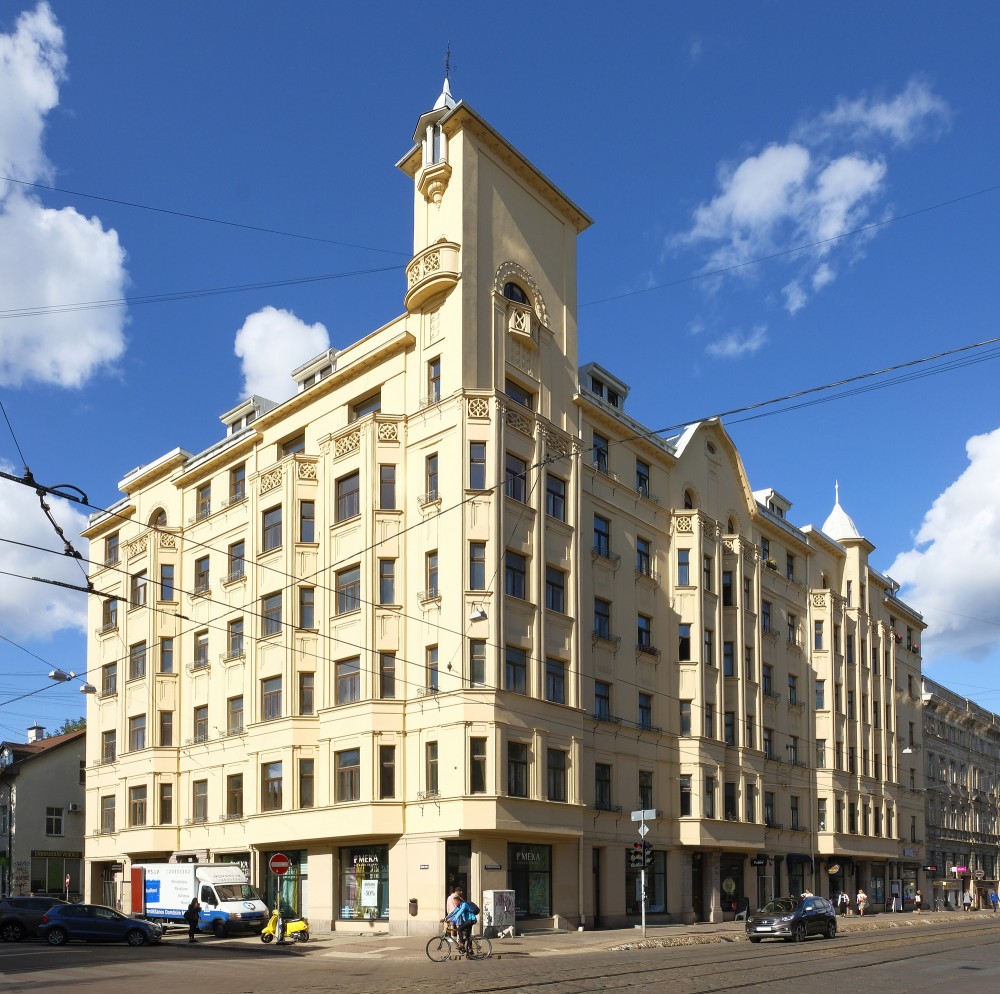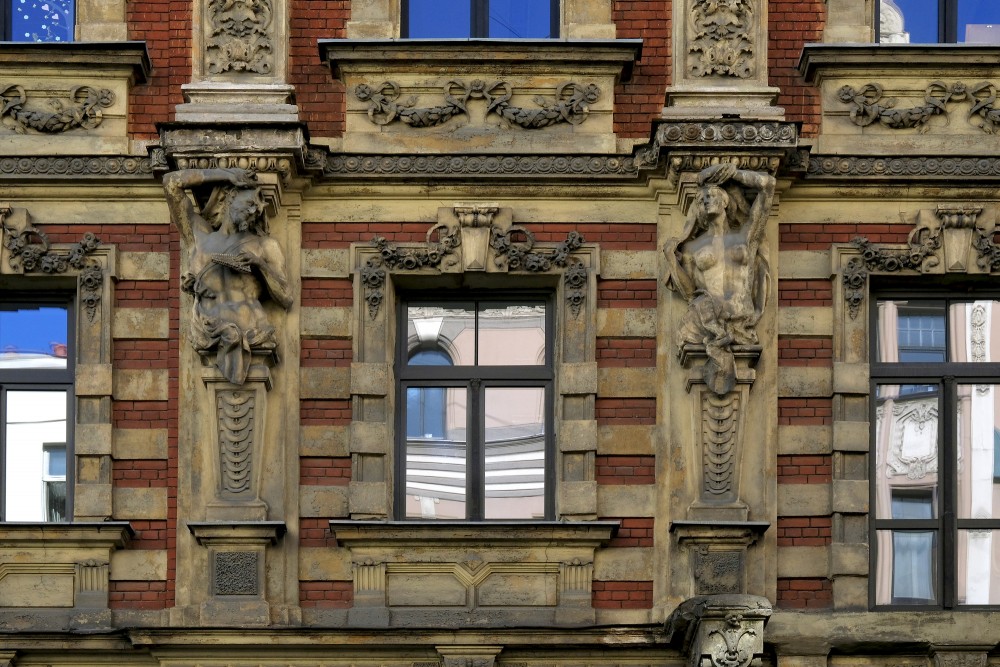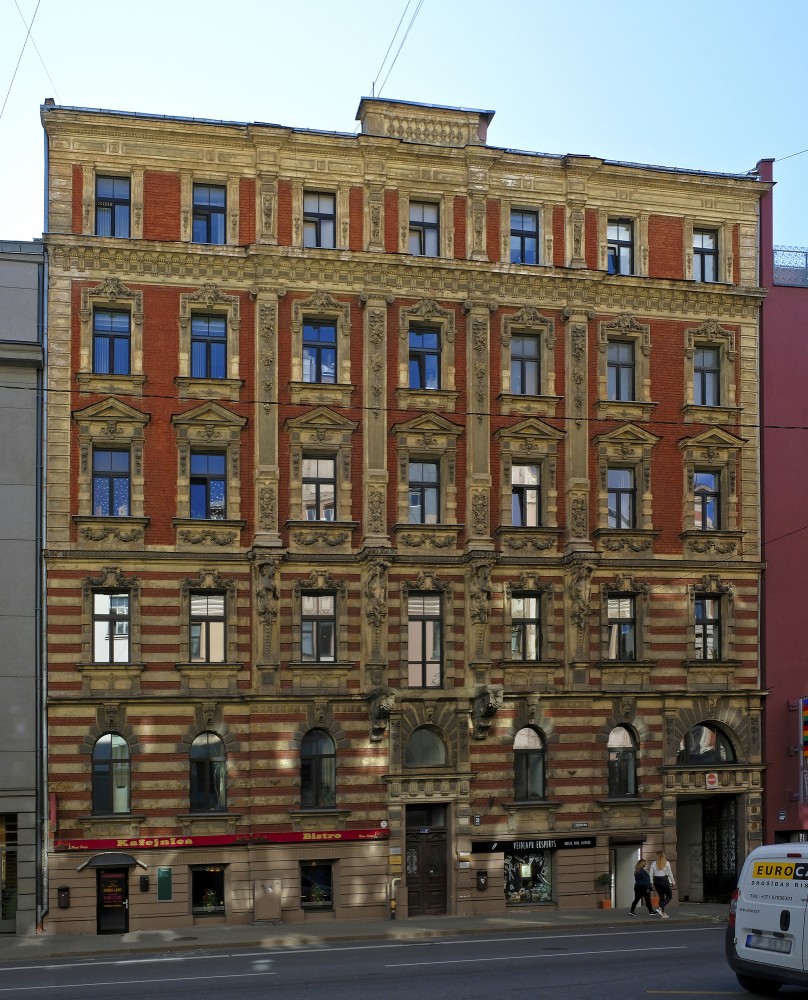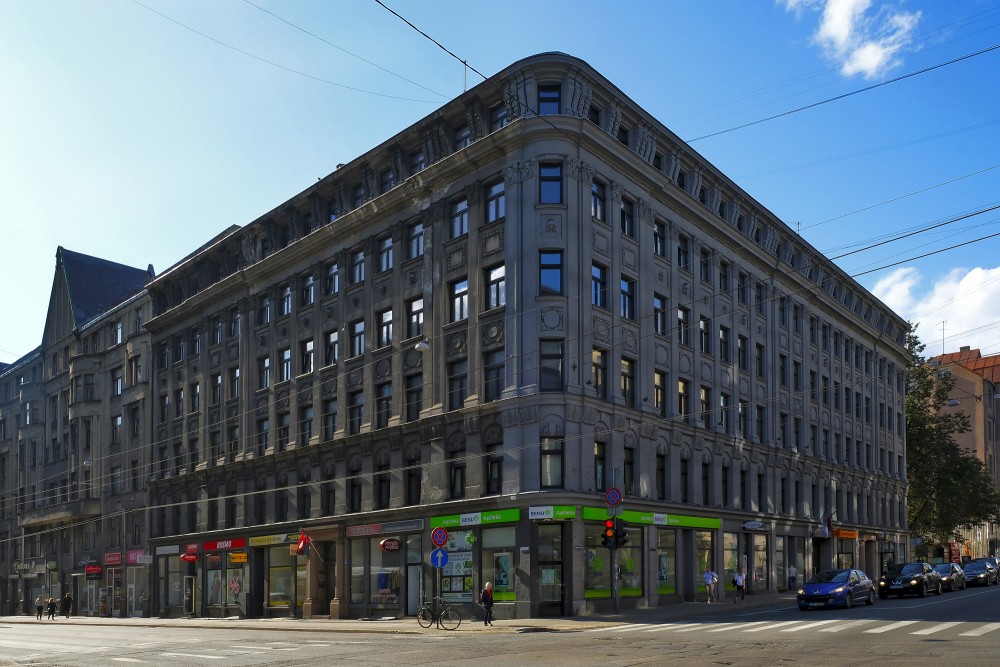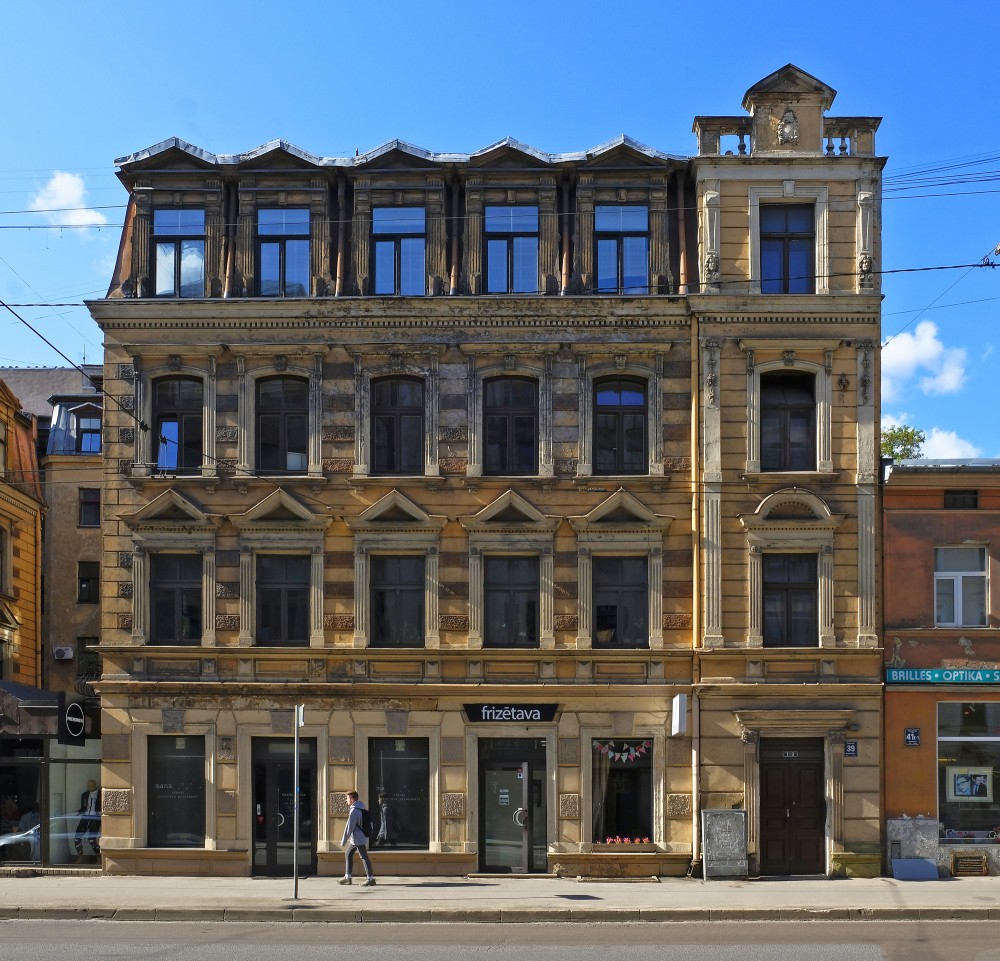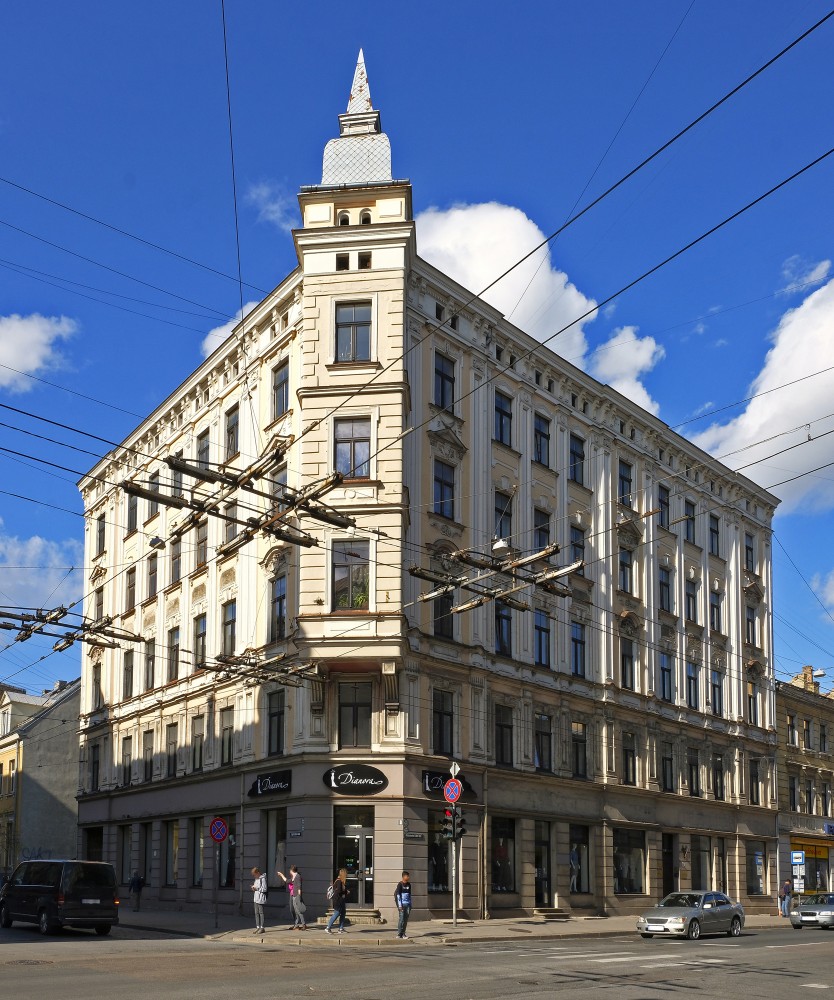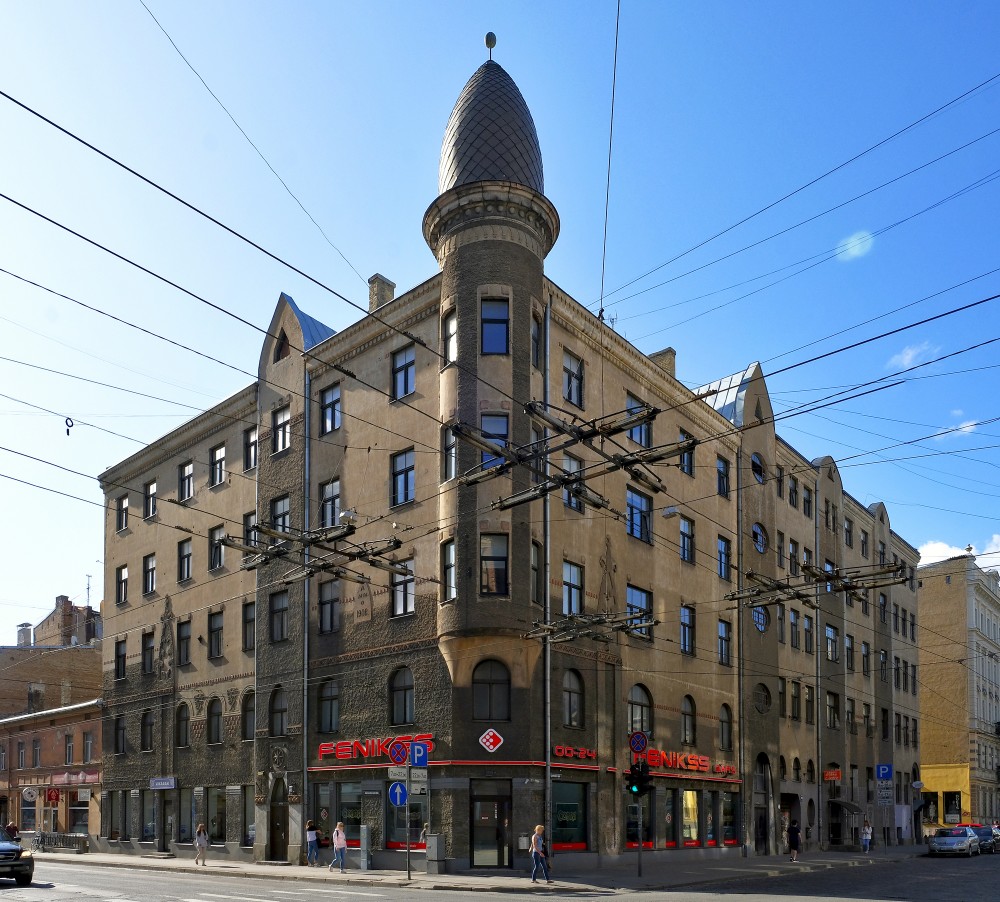Riga, Latvia
Riga, the capital of Latvia, was officially founded in 1201. Riga is divided into six administrative districts: Centra, Kurzeme, Ziemeļu, Latgale, Vidzeme and Zemgale districts.
Riga is located along the Baltic Sea at the southern coast of the Gulf of Riga, on the Rigava coastal plain. The historical core of Riga is situated on the right bank of the Daugava River, about 10 kilometers from where the Daugava flows into the Gulf of Riga. The natural terrain of this area is a flat and sandy plain, about 1 to 10 meters above the sea level.
Climate in Riga is influenced by its proximity to the sea; therefore it is moderately warm and humid. Summers are comparatively cool and cloudy (average temperature in July +16.9 C; average precipitation (rainfall) – 85 mm). Winters are comparatively warm with frequent thaws (average temperature in January – 4,7 C, thaw days are about 10 days a month). Snow cover forms in the middle of December and remain through the middle of March. About 40% of the days in a year are cloudy (overcast), average precipitation – 700-720 mm a year.
The Symbols of Riga
The current coat of arms of Riga was approved on 31 October 1925 and the approval was renewed in 1988. Riga has a large and small coat of arms.
The shield of the coat of arms depicts a silver field with opened gates and two towers that symbolise the city’s rights to autonomy. Under the raised grate of the gates is a golden lion’s head. Above the gates are two crossed black keys symbolising the patronage of the Pope, and above the keys is a golden cross and a golden crown, indicating subservience to the bishop. The holders of the large coat of arms are two golden lions on a grey plinth. The small coat of arms is contained within the shield of the large version.
The current flag of Riga was approved on 4 May 1937, using the white and blue colours of the 17th century flag as a foundation. To these are added the city’s coats of arms.
The flag of Riga is a square with two horizontal bands of equal width. The upper band is light blue and the lower one is white. In the middle of the flag is a large, coloured coat of arms whose height is 2/5 of the flag’s width. The proportions between the flags width and height are 1:2. The flag’s dimensions are 1x2 m and 1.5x3 m; the heights of the coats of arms are 40 cm and 60 cm respectively. Two crossed keys are displayed on the flagstaff.
History of Riga
The Riga City history is more than eight hundred years long, and it has an abundance of dramatic events stored in countless volumes of works and monuments, legends, songs, memoirs and tales.
The archeological discoveries in the territory of Riga testify that a settlement existed there already in the 12th century. A broadening was formed in the place where the Rīdziņa River ran into the Daugava, which is the present region of Albert’s Square; this was called Riga Lake. This place was convenient for a harbor because settlements of local tribes – the Cours and the Livonians were formed in its vicinity.
At the end of the 12th century, crusaders came here as well when the German merchants tried to widen and strengthen their area of activities along the eastern coast of the Baltic Sea. Their first leader Bishop Berthold in 1198 was killed in action near the Riga Old Mountain. When the chronicler Indriķis recorded the word “Riga”, it appeared for the first time in the written sources. The next bishop Albert in 1201 moved from Ikšķile to Riga, and after negotiations with the local Livs started to build a fortification near the Riga Lake. 1201 became the official year of the foundation of Riga. Already in 1202 the first colonists German landowners came here. Little by little Riga became an aggression base against the local Baltic tribes. In the 13th century trade boomed in Riga, and it became one of the main intermediaries between the West and the East.
Even by the end of the 16th century disagreements about governmental rights did not cease among inhabitants of Riga: –bishops, Knights of the Sword (later - Livonian) and Riga’s landowners. Sometimes the disagreements grew into armed conflicts.
As a result of the Livonia war (1558-1583), after a little state of Livonia failed, Riga fell under the subordination of Poland. Later when Poland waged a war with Sweden (1600-1629), after fierce resistance Riga in 1621 fell under the Swedish rule and became an administrative center of its Baltic division. The 18th century started with the Northern War (1700-1721), in which Russia and Sweden struggled for supremacy in the Baltic Sea. As a result, in 1710 after long-term siege and plaque epidemic Riga fell under the rule of Russia.
Industry rapidly grew in Riga during the second half of the 18th century. German guilds lost their monopoly position in manufacturing and trade. In the 19th century Riga became one of the main seaports of the Russian Empire and an important railway transport junction. During the second half of the 19th century and beginning of the 20th century the area of Riga increased 10 times, in 1913 the number of inhabitants was 80 times higher than in the beginning of the 18th century. Riga was the second largest city (after St. Petersburg) in the western part of Russia.
1915-1917 was the breaking point in the development of Riga when with the start of World War I it became at the front line of the war. About 200,000 workers and members of their families together with industrial enterprises were evacuated from Riga to the central part of Russia.
By the end of World War I the possibility emerged to establish an independent Republic of Latvia, which through the complicated political situation, was proclaimed on 18 November 1918. The Latvian liberation war broke out. Riga endured severe sufferings during this time (1918-1919), experiencing three different changes of political regimes. After August of 1920 the devastated Riga became the capital of equally devastated Republic of Latvia. During 1920-1930 Riga developed into the center of trade, light and food industries, as well as an important cultural and educational center.
Soviet tanks came to the streets of Riga on 17 June 1940. The Soviet Union occupied Latvia.
During the World War II the Old Town of Riga suffered hard, the port and railway junctions were destroyed. After the war Riga became one of the biggest centers of the western part of the Soviet Union, where according to the industrialization plans both light industry and significant enterprises of the military industrial complex were developed. Riga became also the center of the Baltic military district. In order to provide the newly built enterprises with manpower, extensive immigration from other Soviet Republics started. As a result, the number of the inhabitants in Riga increased by seven times from 1950 till 1980.
Restoring Latvia’ sovereignty, Riga became the center of the Awakening Movement. In January 1991, the population of Latvia gathered on barricades in Riga to face the possible attack from the USSR military units.
The history of Riga over more than 800 years testifies that the city has vast experience being proud and rich and knowing how to rise once again after war, starvation and disaster. And how to be proud again.
Riga’s Architecture and Enviroment
In the architecture of the historic centre of Riga examples of all architectural styles characteristic for the Northern Europe, from Gothic to Modernism, are found.
The regular building of the turn of the 19th and 20th centuries is characteristic for the planning of the historic centre, oriented towards the direction of main streets in the Old City, which emerged approximately in the 14th century. Dismantling of outdated defense systems (ramparts, dams, constructions) in 1857 – 1863 was an important impetus for the development of the city construction.
As a result, the picturesque Boulevard Circle was designed and in the turn of the 19th and 20th centuries, with the rapid development of high-rise dwelling construction, unique Art Nouveau examples were created. In some districts of Riga, for various reasons, complex wooden constructions of that time have still been preserved, and that is an amazing phenomenon in the 21st century. In 1997 the historic center of Riga due to this valued architecture was inscribed on the UNESCO World Heritage List.
pasvaldiba.riga.lv
onlatvia.com
en.wikipedia.org
